#Juana de Austria
Photo
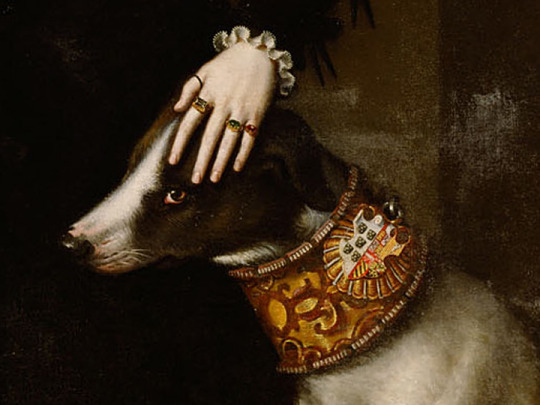
La Infanta Doña Juana (detail)
by Alonso Sánchez Coello (Valencian, 1532 - 1588)
oil on canvas, 1557
Kunsthistorisches Museum
21 notes
·
View notes
Text
Juana de Austria (anónimo español) - GCR / Joanna of Austria (Anonymous Spanish Artist)
Posterior a 1573. Óleo sobre lienzo. Galería de las Colecciones Reales. Madrid.
Continue reading Juana de Austria (anónimo español) – GCR / Joanna of Austria (Anonymous Spanish Artist)
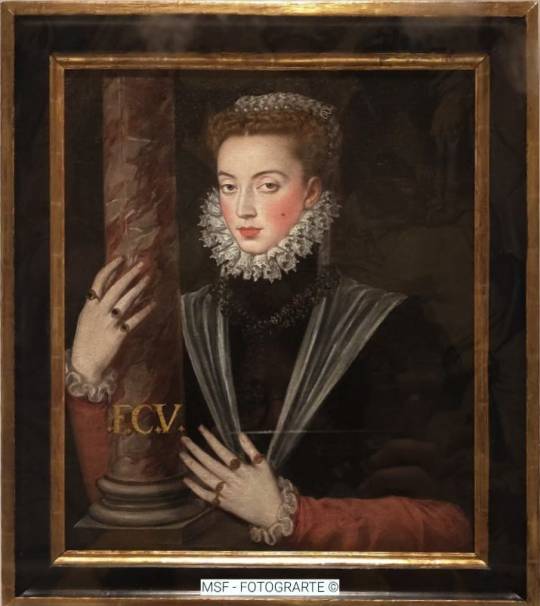
View On WordPress
#Carlos I de España y V de Alemania#Descalzas Reales (Madrid)#España#Felipe II de España#Galería de las Colecciones Reales (Madrid)#Historia#Juana de Austria#Madrid#Pintura#Siglo XVI
1 note
·
View note
Text
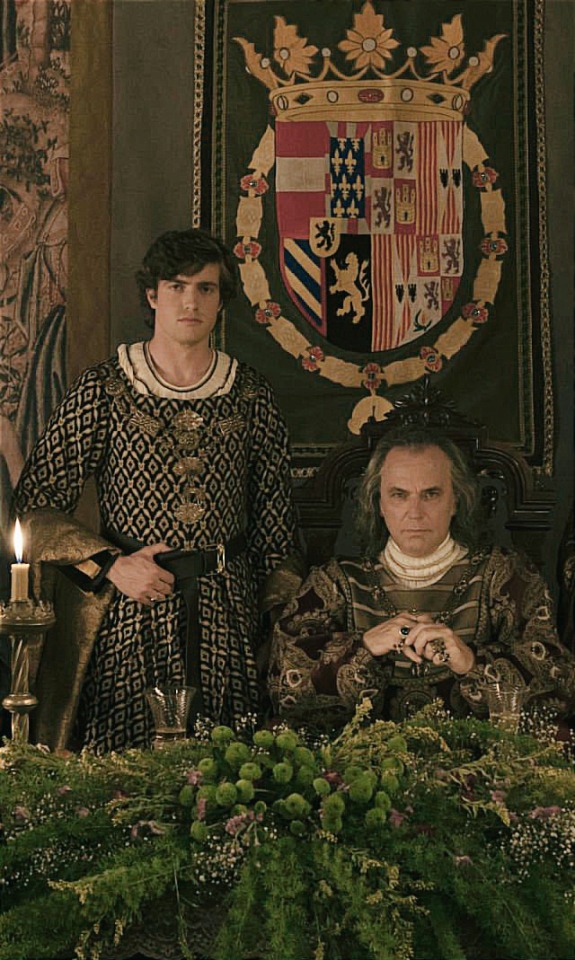

La Corona Partida 2016
Raúl Mérida as Philip The Handsome
José Coronado as Emperor Maximilian I
Irene Escolar as Juana of Castile
Úrsula Corberó as Margaret of Austria
#juana de castilla#juana of castile#philip the handsome#maximilian I#margaret of austria#la corona partida#irene escolar#raul merida#josé coronado#ursula corbero
6 notes
·
View notes
Text
Don't mind me, I'm just thinking about how Joanna I of Castile named three daughters after her sisters and wanted to name her firstborn son after her brother.
#Joanna the mad#juana la loca#juana i of castile#Juana i de castilla#Isabel#Isabel la catolica#isabella i of castile#isabella of aragon#John of aragon#Isabel de aragon#catherine of aragon#Maria of aragon#Isabel de austria#Maria de Austria#Charles v#Catalina de austria#£#Isabella of austria#Marya of austria#Catherine of austria
27 notes
·
View notes
Text
How John of Austrias friends and family react to him getting a girlfriend
Elisabeth Valois: OMG we just have to get together so we can meet her!
Alexander Farnese: Ahhh yeahh bro. Does she send nudes?
Duke of Alba: Do I look like I care?!
Ana Mendoza: I bet it’s because she looks like me
Don Carlos: HA! That’s gay!
Juana of Austria: What church does she go to?
Philip ii: I think it’s best I supervise all your dates so as to keep an eye out for any pre marital handholding
#John of Austria#Alexander Farnese#don Carlos#Juana of Austria#duke of Alba#philip ii#Philip ii of Spain#elisabeth de valois#elisabeth of valois#Isabel de Valois#princess of eboli#Ana mendoza#incorrect quotes#🤪
4 notes
·
View notes
Text


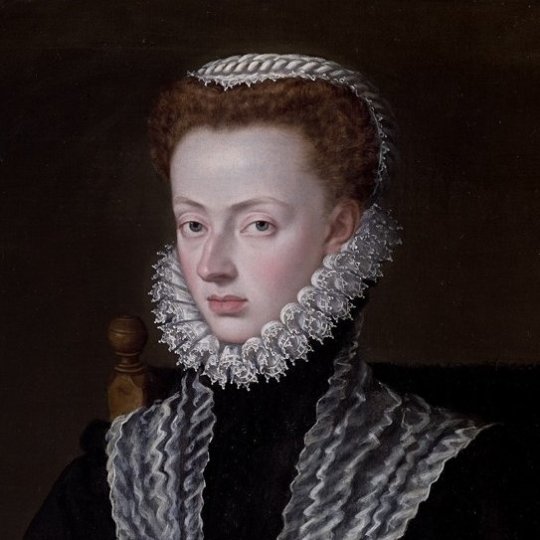

Sánchez Coello: Retrato de doña Juana de Austria
11 notes
·
View notes
Text
The Spanish-born de Guevara had been maître d’hôtel to Philip the Handsome and Juana of Castile. He presented Margaret [of Austria] with Jan van Eyck’s Arnolfini Portrait, believed to depict Giovanni di Nicolao Arnolfini, known as Giannino, and his second wife. Margaret adored the painting, still renowned as one of the most famous and intriguing works of Flemish art in the world, marking it in her inventory as ung tableau fort exquis. She took care to protect it, giving orders to fit the wings which were then attached to it with a replacement hinge, so that they closed properly. It is a painting Anne may well have seen and admired.
Hunting The Falcon, John Guy and Julia Fox
10 notes
·
View notes
Text
Thread about Joanna of Castile: Part 4: The birth of her children
Juana of Castile had six children. Here is a list of her children and their birthdates:
Eleanor of Austria: Born on November 15, 1498.
Charles V, Holy Roman Emperor: Born on February 24, 1500.
Isabella of Austria: Born on July 18, 1501.
Ferdinand I, Holy Roman Emperor: Born on July 10, 1503.
Mary of Austria: Born on June 18, 1505.
Catherine of Austria: Born on February 14, 1507

Eleanor of Austria was born a year after her uncle's death, the precedent heir to the Spanish throne, John, Prince of Asturias, and four months after her mother's sister's death, Isabella of Aragon, Queen of Portugal.

Clearly disappointed that their first child was a girl, Eleanor, Philip
required Juana to pay for the infant’s nursemaids and attendants.
“The Archduchess may provide for the places in the household of this child because it is a daughter,” Philip asserted. “When God grants us a son, I shall provide for his household.”
God did grant them a son. Juana gave birth to Charles in March 1500, much to Philip’s joy: fireworks raced across the sky, church bells rang, and Philip gave Juana a magnificent and costly emerald as a reward. Their third child, prudently named Isabella after Juana’s mother, was born in July 1501. Because Juana was pregnant with Isabella when news of Prince Miguel’s death and her subsequent inheritance reached her, she and Philip were unable to start for Spain until the autumn of 1501, a couple of months before her twenty-second birthday. For the death of Prince Miguel at Granada on 20 July 1500, five months after the birth of Charles, at Ghent, would convert Juana into heir apparent, and her lost homeland into her future and destination.
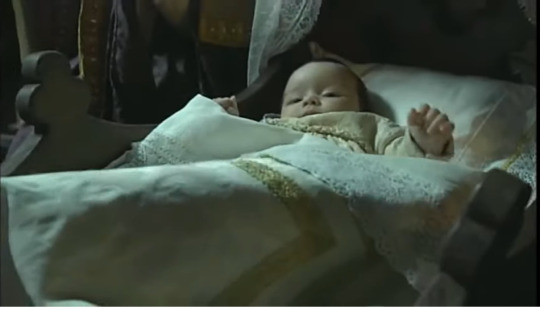

On 15 July 1501, she gave birth, in Brussels, to her third child, Isabella (later queen of Denmark).
A new Spanish envoy, Juan Rodríguez de Fonseca, bishop of Córdoba, reported that Juana seemed eager to serve her parents and was widely thought to be “very sensible (cuerda) and very level-headed (asentada).” Opinion was divided as to whether she should do more to promote Spanish interests.


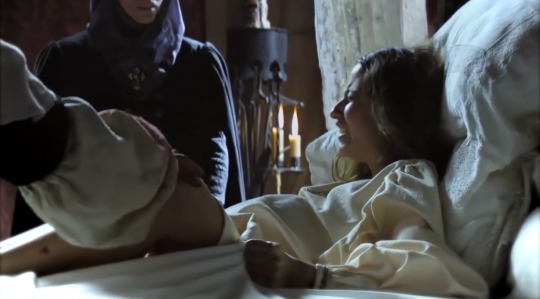

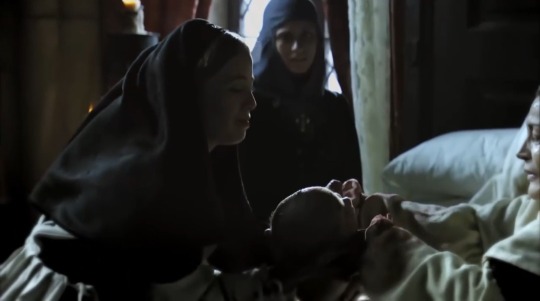
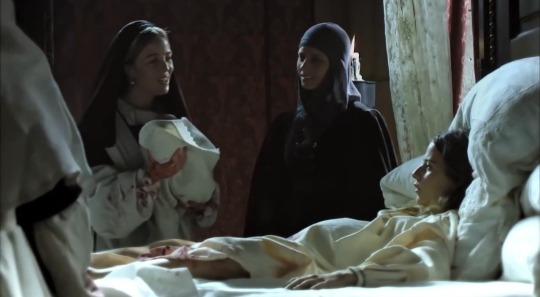



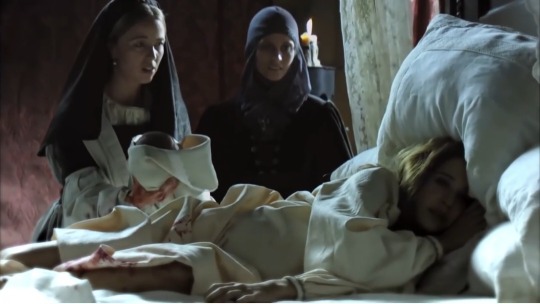
On July 10, 1503, Juana gave birth to her fourth child, Ferdinand I, Holy Roman Emperor, in Alcalá de Henares, Spain.
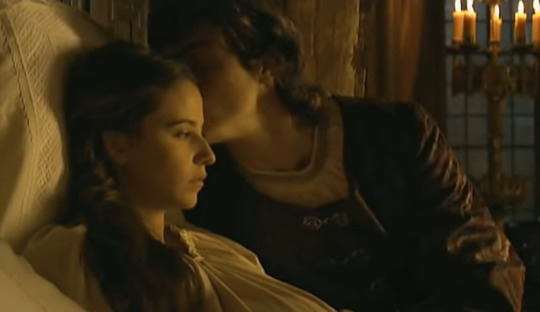
On 15 September, feverish and in pain, the queen gave birth to a
third daughter. Marie, the later Mary of Hungary, was baptized on 20
September at the church of Notre Dame de Sablon. Juana’s seclusion and captivity had long deprived her of her children and, during those rare moments when Philip tried to use them to soften her stance towards him, she had found it unsettling. But she now sought to maximize her time with them. Early in November, Philip left Brussels for Mechelen and Antwerp on the first leg of the second Spanish journey. Juana set out separately, intending to travel through Ghent and Bruges, and, Querini noted, she “has had all the children brought from Malines [Mechelen] and takes them with her to enjoy their company …”

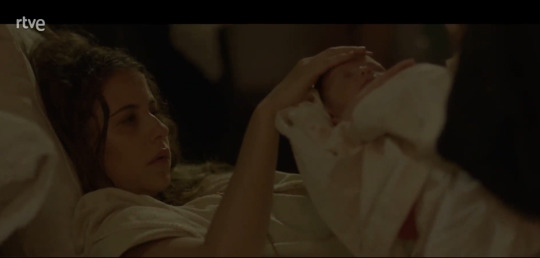

Juana gave birth to her last child and daughter, Catherine of Austria in Torquemada, a town in the province of Palencia, Spain. Catherine was born on February 14, 1507, in the Torquemada Castle. When she was pregnant with her last child, Catherine of Austria, Joanna's mental instability had already worsened. She gave birth while she was in the town of Torquemada, and it is said to have been a difficult and complicated birth.
20 notes
·
View notes
Text
EL ENCIERRO DE JUANA

La historia de Juana I de Castilla, conocida como Juana "La Loca", es una de las más trágicas y complejas de la realeza española. Nació en 1479 y fue hija de los Reyes Católicos, Isabel I de Castilla y Fernando II de Aragón. Juana se casó con Felipe el Hermoso, archiduque de Austria y duque de Borgoña, con quien tuvo seis hijos, entre ellos Carlos V, futuro emperador del Sacro Imperio Romano Germánico.
Juana ascendió al trono de Castilla en 1504 tras la muerte de su madre. Sin embargo, su reinado estuvo marcado por las luchas de poder entre su padre, su esposo y posteriormente su hijo. La salud mental de Juana comenzó a deteriorarse notablemente tras la muerte de Felipe en 1506, situación que fue aprovechada por su padre Fernando y, más tarde, por su hijo Carlos, para relegarla al margen del poder.
En 1509, Fernando II decidió internar a Juana en el Real Monasterio de Santa Clara en Tordesillas, un lugar que se convertiría en su prisión durante casi 50 años. Se dice que Fernando justificó esta decisión alegando que Juana no estaba en condiciones de gobernar debido a su inestabilidad mental. Muchos historiadores sugieren que Fernando y posteriormente Carlos V utilizaron la supuesta locura de Juana como pretexto para mantener el control político sobre Castilla.
Durante su cautiverio, Juana vivió en condiciones extremadamente duras. Aunque era reina, fue tratada con una severidad que parecía más adecuada para un prisionero político que para una monarca. Las crónicas de la época describen que Juana y su hija, Catalina, que permaneció con ella en Tordesillas hasta su matrimonio en 1525, sufrían constantes humillaciones y maltratos.
El duque de Gandía, Francisco de Borja, y su familia, fueron nombrados guardianes de Juana. Ellos tenían la tarea de asegurarse de que la reina no tuviera contacto con el mundo exterior y que su capacidad de influencia fuera completamente neutralizada. A menudo, Juana era privada de las mínimas comodidades y, en ocasiones, incluso de alimentos. La vigilancia era estricta y cualquier intento de comunicación con el exterior era severamente reprimido y castigado con dureza.
A pesar de su condición de reclusa, Juana mantuvo una gran resistencia y fortaleza mental. Se dice que, a menudo, desafiaba a sus carceleros con su comportamiento y su negativa a doblegarse completamente. Su situación solo mejoró levemente cuando su nieto, Felipe II, se convirtió en rey. Sin embargo, para entonces, el daño ya estaba hecho y Juana pasó sus últimos años en una profunda reclusión y aislamiento.
Juana I de Castilla "La Loca", murió en 1555, después de haber pasado casi cinco décadas en cautiverio. Su vida y su reinado siguen siendo un tema de debate y análisis histórico, con muchos expertos argumentando que fue una víctima de las intrigas políticas de su tiempo, más que una reina realmente incapacitada por la locura. Su historia es un testimonio de cómo el poder y la ambición pueden destrozar vidas y legados.
"Cría cuervos y te sacarán los ojos..."; que diría el cronista del Reino.
Jorge LS - Narrador de la Historia
2 notes
·
View notes
Photo


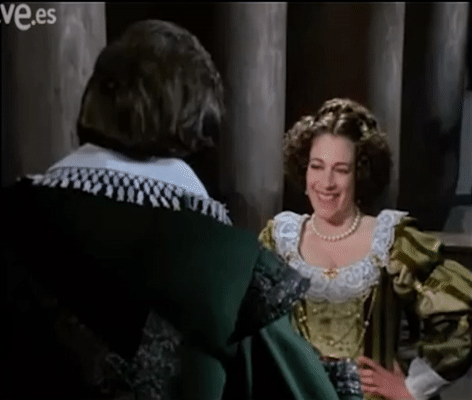





María Inés Calderón (1611 – 1646 )
“A woman who apparently was not beautiful, but she had a lot of grace and charm. In addition to reciting, singing and dancing very well.”- Elvira Menéndez
María Inés Calderón, known as La Calderona and Marizápalos, was the most important actress in the Spain of the seventeenth century, who became the mistress of King Felipe IV and mother of his illegitimate son, Juan José of Austria. La Calderona was involved in a relationship with Ramiro Pérez de Guzmán, Duke of Medina de las Torres, at the time Felipe IV first saw and got smitten by the actress-singer on her debut at the Corral de la Cruz theatre in Madrid in 1627. But when the king got in the way, the lover had no choice but bow his head. La Calderona became the favorite of Felipe IV.
Enamoured of the red-headed actress, Felipe IV installed his lover in a balcony overlooking the square, a decision that flew right in the face of convention as these seats were meant to be the exclusive preserve of the aristocracy. After spotting her rival sitting in the posh seats, the queen Isabel de Borbón flew into a rage and threw La Calderona out of her love nest in the palace. To compensate, the rather sneaky king, then ordered that a secret balcony to be built under an arch. In this way, his lover could attend events at the Plaza Mayor and remain out of sight.

Upon the birth of her son in 1629, La Calderona lost the custody of him despite her protests. Her relationship to the king ended the same year. There were rumors at the time that her son was fathered by Ramiro Pérez de Guzmán. La Calderona was forced to become a nun against her will. Felipe IV ordered her entry into the monastery of San Juan Bautista of Valfermoso de las Monjas, in Alcarria, where the interpreter would lose contact with life, the theater, her son. In 1642, the King recognized Juan José officially as his son, and Juan José began his life's career as a military representative of his father's interests.
It was said that she died in closing, already under the name of Mrs. Maria de San Gabriel, Abbess. But it has also been written that she fled: that she managed, on the one hand, to escape from God's mandate and escape, along with a bandit, to the Sierra de la Calderona (Valencia) and, in another version, that she returned to Madrid, where she would welcome the guild of actors: « A kind of union that gave relief to interpreters who were in poor condition or who were already older. There seems to be data that helped her. Which would mean that she did not die in the convent as they officially said ».
The few concrete data of María Inés Calderón have served to increase the legend. Also regarding her family. It is not uncommon to find references to Pedro Calderón de la Barca as father of the creature. But far from it. It seems that, being very small, appeared at the door of Juan Calderón, a lender of the theater world and father of Juana, also an actress, although not as renowned as «La Calderona».
(x)(x)
#Maria Inés Calderón#La Calderona#Felipe IV#Philip IV#Juan José de Austria#Juan José of Austria#women in history#Spanish history#Carmen Maura#Paisaje con figuras#documentary
22 notes
·
View notes
Text


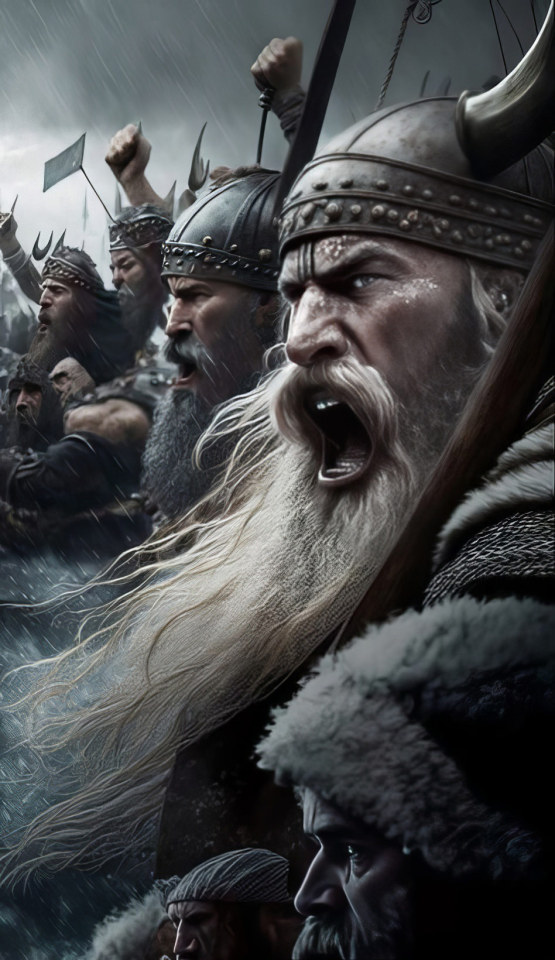

IMAGENES Y DATOS INTERESANTES DEL DIA 16 DE NOVIEMBRE DE 2023
Día Internacional para la Tolerancia, Día Mundial de la Filosofía, Día Internacional del Flamenco, Día Internacional del Patrimonio Mundial, Día Mundial del Cáncer de Páncreas, Día de la Empresa Social, Semana de Concienciación sobre el Azúcar, Semana Mundial del Emprendimiento, Año Internacional del Mijo y Año Internacional del Diálogo como Garantía de Paz.
Santa Agustina y Santa Margarita.
Tal día como hoy en el año 1945
En Londres, capital del Reino Unido, se funda la Organización de las Naciones Unidas para la Educación, la Ciencia y la Cultura (más conocida por sus siglas: UNESCO), organismo dependiente de Naciones Unidas, cuyo objetivo primordial será, no ya la construcción de escuelas en países devastados o la publicación de hallazgos científicos, sino uno mucho más amplio y ambicioso: "construir la paz en la mente de los hombres mediante la educación, la cultura, las ciencias naturales y sociales y la comunicación". En suma, hoy en día la UNESCO promueve la cooperación internacional en materia de educación, ciencia, cultura y comunicación entre sus más de 190 Estados Miembros y sus varios Miembros Asociados. (Hace 78 años)
1938
En el marco de la Guerra Civil Española, se da por concluida la cruenta Batalla del Ebro tras 115 días de combates, cuando las tropas republicanas se repliegan a la margen izquierda del río Ebro con bajas cifradas en más de 10.000 muertos, 33.000 heridos y 20.000 prisioneros. Con la frontera francesa cerrada desde junio y diezmado el ejército republicano, la victoria total de las tropas nacionales se producirá en poco más de cuatro meses. (Hace 85 años)
1904
EE.UU. compra a la Compañía del Canal de Panamá sus derechos y propiedades por 40 millones de dólares. (Hace 119 años)
1885
En EE.UU., George Eastman logra impresionar imágenes en papel cubierto de bromuro de plata, marcando el camino a los rollos fotográficos. El papel, que se utiliza sólo como soporte provisional para la emulsión, se despega después del revelado, dejando una película negativa delgada. (Hace 138 años)
1870
En Madrid resulta elegido por las Cortes como rey de España el duque de Aosta, Amadeo de Saboya, lo que provocará el descontento de los carlistas que iniciarán una nueva guerra. (Hace 153 años)
1855
El explorador británico David Livingstone se convierte en el primer europeo en ver las cataratas Victoria (Mosi-oa-Tunya, "el humo que truena"), en el río Zambeze, situadas en la frontera de las actuales Zambia y Zimbabwe. (Hace 168 años)
1700
Felipe de Borbón, duque de Anjou, tras la muerte de Carlos II (perteneciente a la Casa de los Austria), acepta el trono de España que éste le deja por herencia, bajo el nombre de Felipe V. Tres meses más tarde, el representante de la nueva dinastía borbónica, entrará en Madrid, donde será acogido con júbilo. A pesar de todo, poco después, España se convertirá en un campo de batalla al estallar la Guerra de Sucesión. Su reinado traerá también profundas reformas que modernizarán el país incorporándolo al mundo de la Ilustración. A su muerte, en 1746, dejará a España sumida en la bancarrota y en guerra con Austria. Le sucederá Fernando VI. (Hace 323 años)
1519
Aunque fundada en 1513 en otro asentamiento hoy llamado Surgidero de Batabanó, Diego de Velázquez de Cuéllar traslada la ciudad de la Habana a la Bahía, lugar que ocupa actualmente, donde las condiciones de habitabilidad son mucho mejores. En el día de hoy se oficia la primera misa y se da por fundada oficialmente, en nombre de los Reyes de España, Carlos I y Juana I, la Villa de San Cristóbal de La Habana en su nuevo emplazamiento. (Hace 504 años)
3 notes
·
View notes
Text
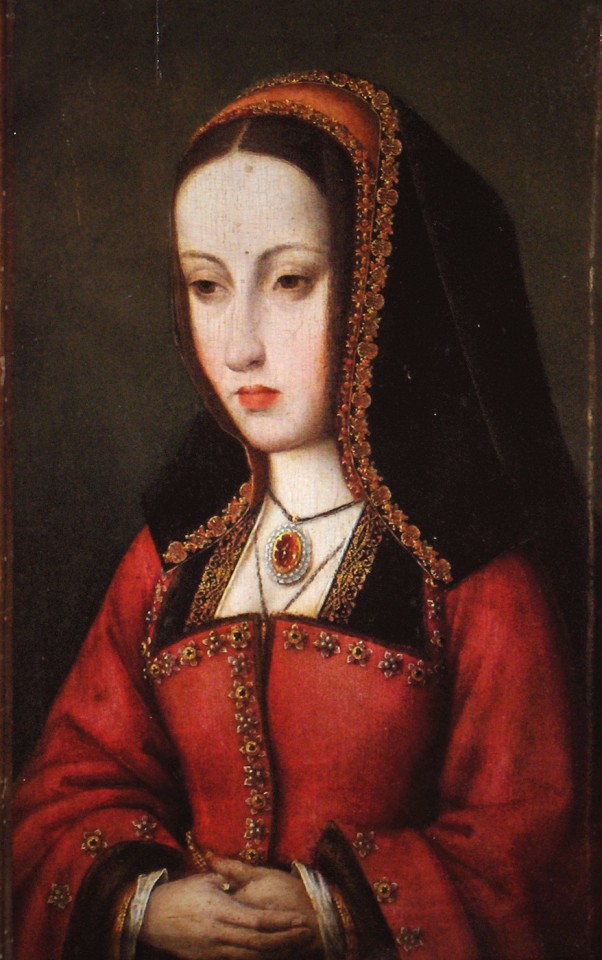
Jacob van Lathem
Juana I de Castilla (Juana la Loca)
óleo sobre tabla. 1495
Nacida en la ciudad de Toledo el 6 de noviembre de 1479, Juana I de Castilla era la tercera hija de los Reyes Católicos. La muerte de sus hermanos mayores y de uno de sus sobrinos la convirtieron en la heredera de las Coronas de Castilla y Aragón en el año 1500.
Juana era inteligente, ya que aprendió latín y poseía y tenía notables aptitudes para la música.
Los Reyes Católicos la casaron con el archiduque austriaco Felipe el Hermoso ,archiduque de Austria, duque de Borgoña, Brabante y conde de Flandes. Tuvo con él seis hijos:
Leonor, reina de Francia
Carlos I de España
Isabel, reina de Dinamarca
Fernando I del Sacro Imperio Romano Germánico
María, reina de Hungría
Catalina, reina de Portugal
La llamaban "Juana la Loca" se cuenta, por su conducta irremediable de apasionados celos que sentía por las infidelidades de su esposo Felipe I, al que ella amaba con tal fervor, que la llevó supuestamente a la locura.
Los investigadores nos cuentan que quizá Juana no estaba tan loca, si no que así la quisieron otorgar este título para poder terminar encerrándola y de está forma quitársela de en medio para que el siguiente en la línea de sucesión a la corona de Castilla fuera otro a conveniencia.
El 25 de septiembre de 1506 murió su esposo Felipe I el Hermoso, según algunos, envenenado, lo que nos lleva a pensar que quizás hubo un complot no solo contra la Reina Juana I, si no también contra el Rey Felipe I para poder conseguir el trono por parte de Fernando el católico pues el confinamiento de doña Juana , por su presunta incapacidad mental, y la muerte de Felipe, era esencial para la legitimidad en el trono castellano, primero de su padre, Fernando, y después de su hijo, Carlos I.
Desde que su padre la recluyera, en 1509, la reina Juana permaneció cuarenta y seis años en una casona-palacio-cárcel de Tordesillas, vestida siempre de negro y con la única compañía de su última hija, Catalina, sus damas y un retrato de su amado esposo Felipe I.
📍Museo Nacional de Escultura de Valladolid
3 notes
·
View notes
Text



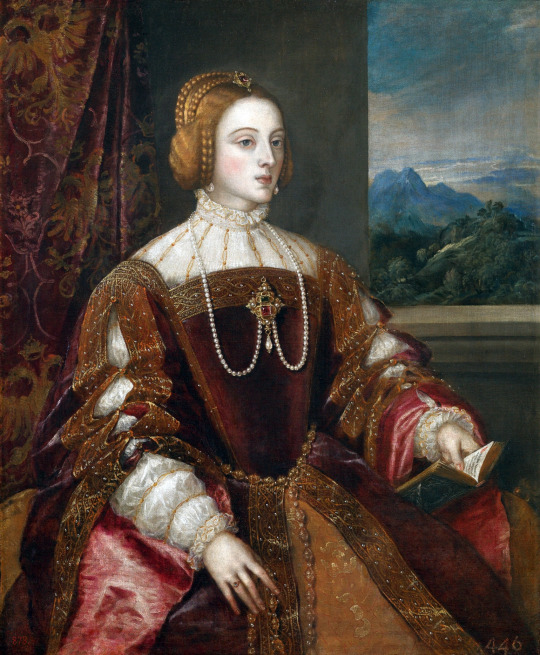



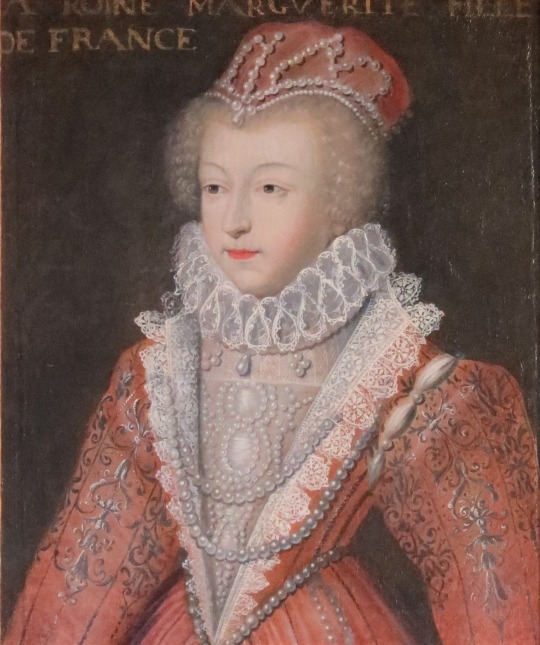


Renaissance European Queens:
Isabella of Castile - Elisabeth de Valois
Juana of Castile - Isabella of Portugal
Elizabeth I - Mary Queen of Scots
Eleanor of Austria - Marguerite de Valois
Marie de Médicis - Marguerite de Navarre
#renaissance#french renaissance#queen of france#queen of spain#house of valois#isabella of castile#mary queen of scots#elizabeth i
16 notes
·
View notes
Note
(this will be multiple asks, apologies) but I was looking at the painting of juana by juan de flandes and trying to figure out what she's wearing on her head. the closest thing it looks like to me is the golden cap or goldhaube that you see in cranach paintings (from 1520s) but its the wrong type of fabric and too early. but when i looked close, there are some very sharp black lines on the side of her face that looks like it was painted over. (1)
also on the side of her head, the shadows look a little weird and off color, like originally the red and gold cap she's wearing came further over her head, and was painted out. the shading in the painting is generally really weird--why does her dress look copper on one side? i've never seen 16th century fabric dyed like that. the lighting difference would have to be extreme, but it doesn't look so in other parts of the painting. what do you think? love your blog! (2)
Imo Juan de Flandes's painting of Infanta, might be Juana also(despite looking so young) and not Catherine of Aragon:

However I shall asume you mean Juana's portrait from Kunsthistorisches Museum in Wien, Austria:
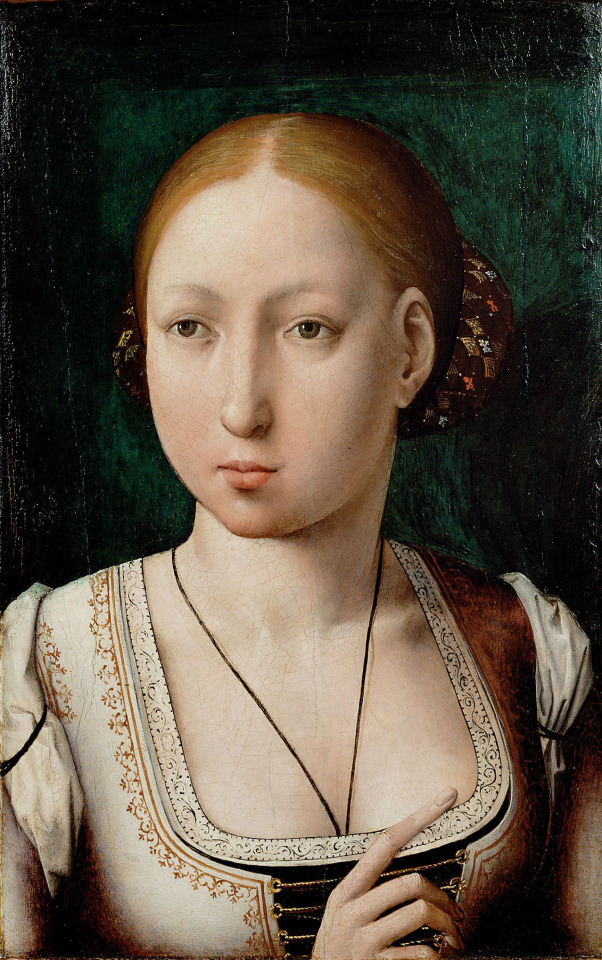
Back to your questions. I will first adress the weird discolouration of the dress.
The dress white on one side and dark on the other is indeed weird, and most likely that is due to something going serious wrong with the pigments. The light comes from left, and it is right side and armpit and under breasts where shadow and more copperish colours are. So the shadowy part turned brownish copper. So this is darkening of pigments.
As for the headwear, as those in Cranach portraits:
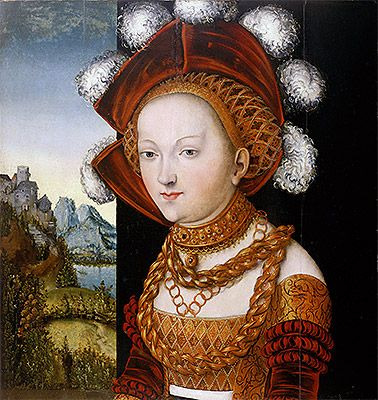
Which are of later date, as you pointed out. It is possible Juana was inspired by its predecesor, experimenting with fashion. She also might have been pregnant and dress slightly differently than normally.
However, I agree with your observations that some parts of painting look overpainted. After inspecting it closely I must conclude that such headwear was never there in first place.
If we look at Juan de Flandes' work, no matter if he chose strong or little shadowing(more used in religious paintings, but not entirely), he never got shadows wrong, and his hair were always nicely done.
So it is very unlikely he'd do so many mistakes, which we can spot in HD(most of which you pointed out):

On left(marked by grey), black line extend even above headwear, so it is not black lining of the headwear. That's alteration.
By red I marked the much darker coppery line fallowing her hair, which is also alteration.
White I used to mark too light spots in place where should only be a shadow(definitely altered) and on right by brown I marked where there should be more shadow(also alteration).
One could say that some of these were done when background was repainted and somebody accidently went over her hair and then tried to fix it. But if we compare both sides of the headwear, there is no hint on one side being closer to the light. They are exact same shade, they have been altered:

Eleanor of Austria's cofia de tranzado in portrait in same museum was painted over by somebody at same point. (I am not saiyng museum itself repainted it, but perhaps they got portraits from same collection to some idiot had access to prior.)
But had it been cofia de tranzado, Juana would have worn her hair differently(covering her ears at those days). Imo she most likely had them styled like this:

And bits of that ribbon on top of head matches roughly what was being painted over. If it was cofia at Juana's time(non imprisoned), they'd have to repaint way more than this.
Not sure what the alterations on left were. Hiding her ear? Mistake? Or possibly different angle originally revealing bit of that hair wrapped in ribbon on left side too? Idk.
If you now focus on part where more of ribbon and hair should be, there are similiar shadows, so probably altered also.

I must say nicely spotted. I have not realised this painting was altered sooner, and I will update my post about Juana's depictions.
I will delete the 2nd part because I already answered it here. It's easier this way. I hope you've enjoyed it.
6 notes
·
View notes
Note
Ik you already know most of this but I still found it pretty interesting so-
Wagner you don't understand the hell you've unleashed. Scroll past if you don't want to know my very Objective™ opinion of the Spanish Habsburgs.
First off: Juana. Wagner there are no words to express to how sorry I feel for this woman. She most likely had schizophrenia btw. Ik monarchs shouldn't be worshipped because there's a 99% chance that they were severely morally-challenged people, but Juana has been done dirty. Her mother was a piece of shit (though a very interesting person in her own way), her father was a piece of shit, her husband was a piece of shit (he cheated on her multiple times and basically facilitated the ideal scenarios for the worsening of her already-frail mental state), everyone was a piece of shit to her.
AND DON'T EVEN GET ME STARTED ON HER SON. Ngl one of my biggest pet peeves is people calling him Charles V when they're talking about him in the context of Spain: he's not Charles V, that's his German title, his Spanish title is Carlos I. But anyways. I hate him just as much as I pity his mother. Wagner he (1) didn't know Spanish (2) didn't spend time in Spain (3) never focused on Spain. Might be controversial, but I think a King should focus on his kingdom.
Now, ✨Felipe II✨
(ik this called him Philip but Wagner he'd hate this anglosification-whatever-you-call-anglowashing of his name)
Felipe was Español™ which was a genuine upgrade from his father. I love him. Unashamedly, and not because he was Español™. This video just leaves out the best thing, hyperfixating on the Armada Invencible like my uncle. Felipe as a person was way more interesting. He's *funny*. He overworked himself because he insisted on knowing everything, and then complained that he had too much work to do! He was such a grammar nerd that he corrected spelling mistakes on the documents he was sent and then insisted they be rewritten! He didn't care about the economy (but still had to be informed of it so that he could say he'd 'read this document twice and how can I tell you I don't understand it') and busied himself deciding where to put the toilets in the palace! His annotations are the funniest thing ever!!!!!
We actually don't learn much about Felipe III. He's there ig. The only thing he did was delegate his role to his right-hand men because he did *not* want to overwork himself like his father lol.
Felipe IV is the Whore™ (I hope you remember him) and I can't believe this video didn't say that he was a sex addict with around 40 illegitimate children. And 'competent king' mis huevos. He was an Austria menor, which meant he didn't do anything. He was the king only in name since a guy called Gaspar de Guzmán Conde-Duque de Olivares (he was in the selectividad exam I think) was the actual ruler. Felipe was only whoring all around Spain. For all I know *I* and half of Spain could descend from him (the Carranzas certainly do lol).
Also I am at awe at this woman. I didn't know someone could pronounce Spanish this badly. No hate but 'hechizado' isn't a difficult word and she made it sound straight-up wrong.
Anyways, about Charles II (yk, second because Charles V was actually Charles I). His disabilities historically have been blown out of proportion to fit the French’s agenda (their king back then hated us). He had Klinefelter syndrome and many other stuff and was infertile, but he was far from the caricature this woman buys into, and Spain somewhat prospered under his reign. Honestly, this woman has made a few mistakes, particularly: Charles II didn’t make another Habsburg his successor, but Felipe/Philip of Anjou (French guy —I have mixed feelings about him because he was a dick but also very severely mentally ill and somewhat abused by his wife), who’d go on to become Felipe V after the War Of Succession, which started because the Habsburg guy felt like he had ownership over the Spanish throne even though Charles II never said that. My best bet is that the English have altered history lol, because they supported the Habsburg guy.
#sorry for the spam but now you know what I feel about the Habsburgs!#I can do the same with the bourbons but I won’t subject you to that lol#wagner!#asks!
6 notes
·
View notes
Text
REGENTES
Regentes poco conocidas
Juana de Austria
Regente de España de 1554 a 1559
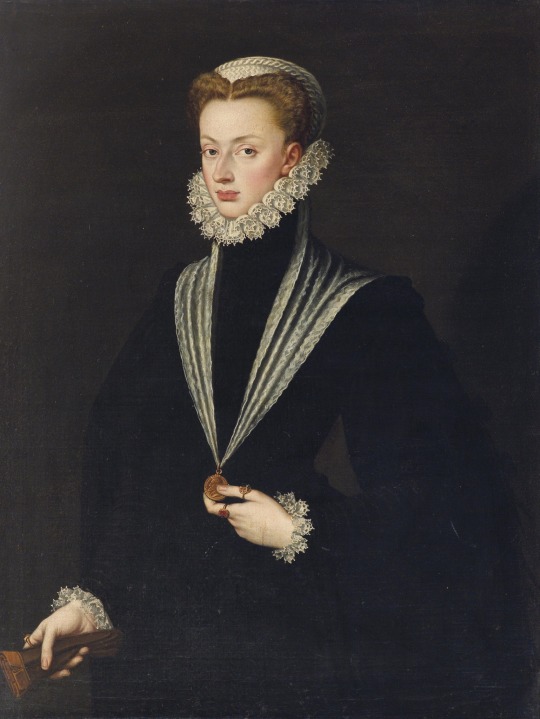
Maham Anga
Regente del Imperio Mogol de 1560 a 1562

Aelia Sophia
Regente del Imperio Bizantino de 573 a 578
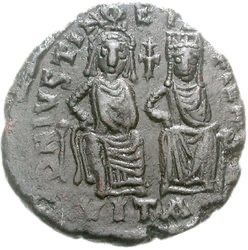
Vijaya- Bhattarika
Regente de Chalukya de 650 a 655
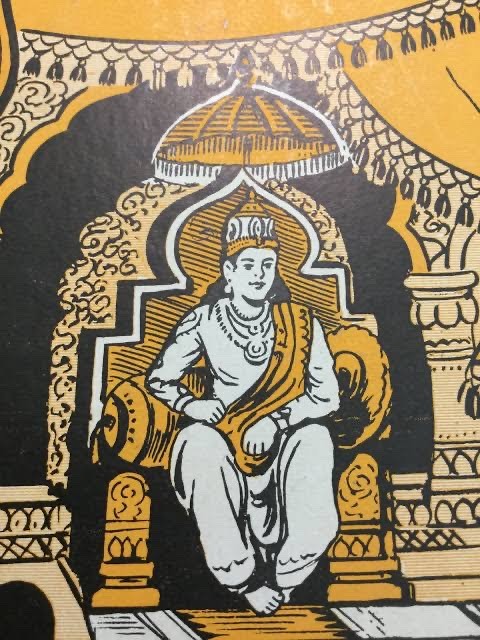
Emperatriz Hexi
Regente de China de 106 a 121
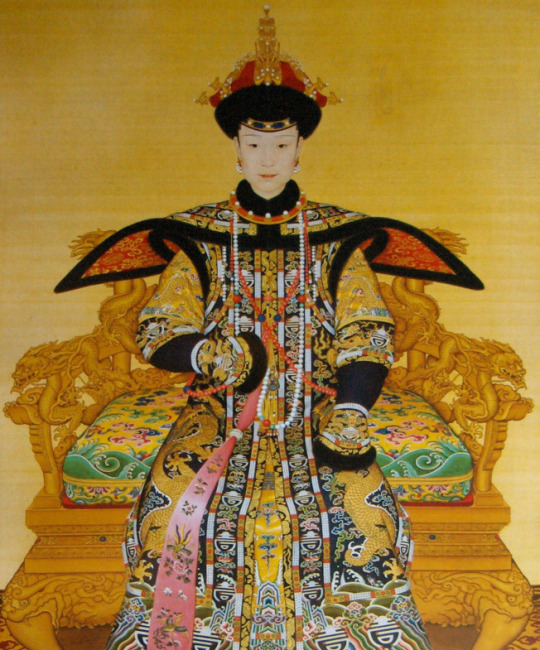
Caterina Cybo
Regente de Camerino de 1527 a 1535
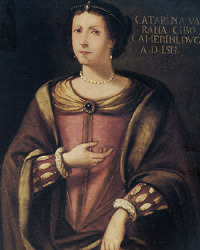
Isabella Jagellón
Regente del Principado de Transilvania en dos ocasiones , su primera regencia fue de 1540 a 1550 y la segunda regencia de 1556 a 1559
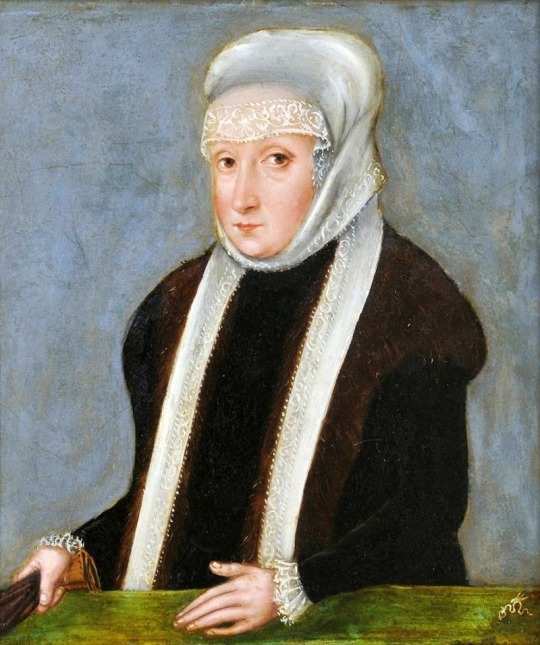
Töregene Khatun
Regente del Imperio Mongol de 1242 a 1246

1 note
·
View note